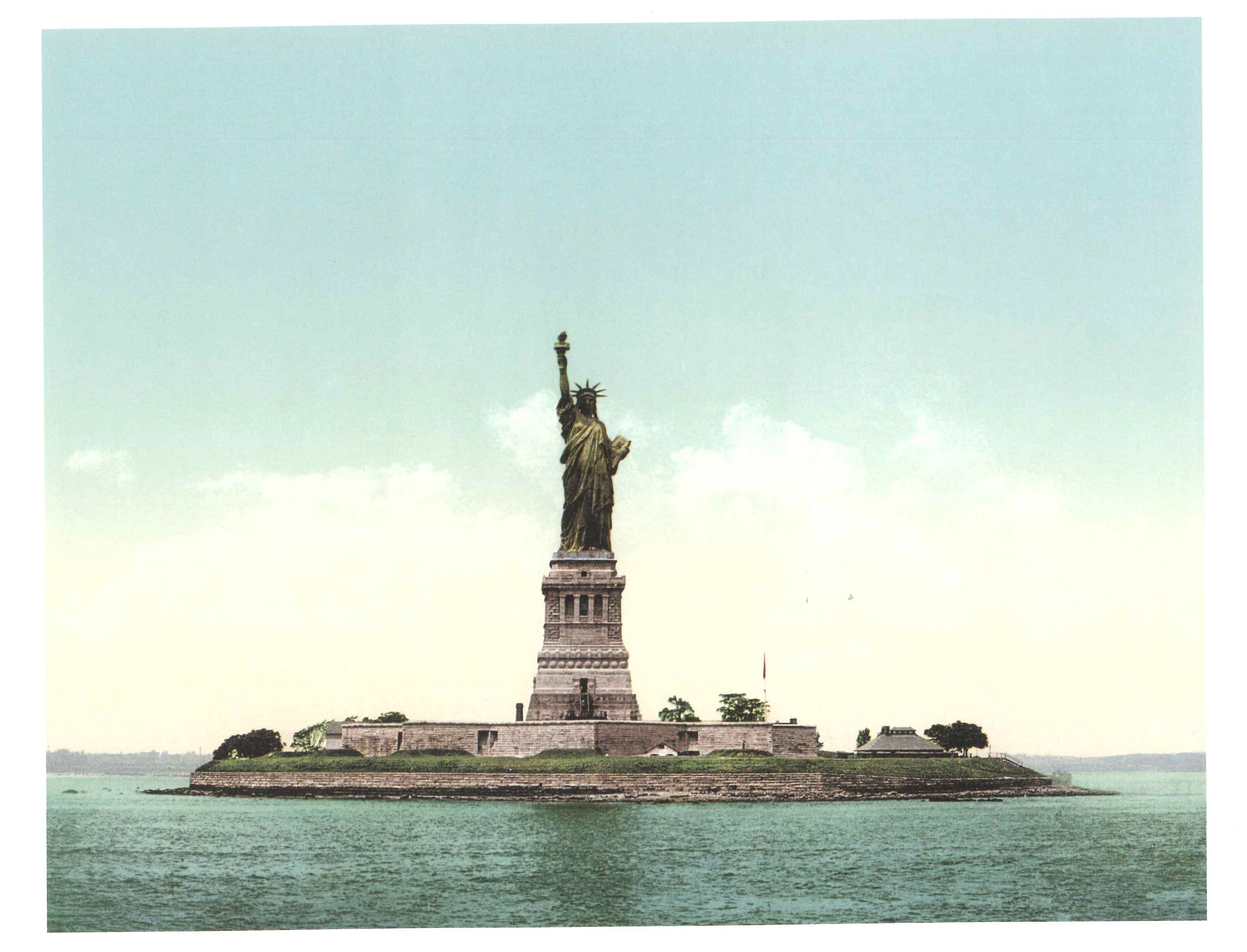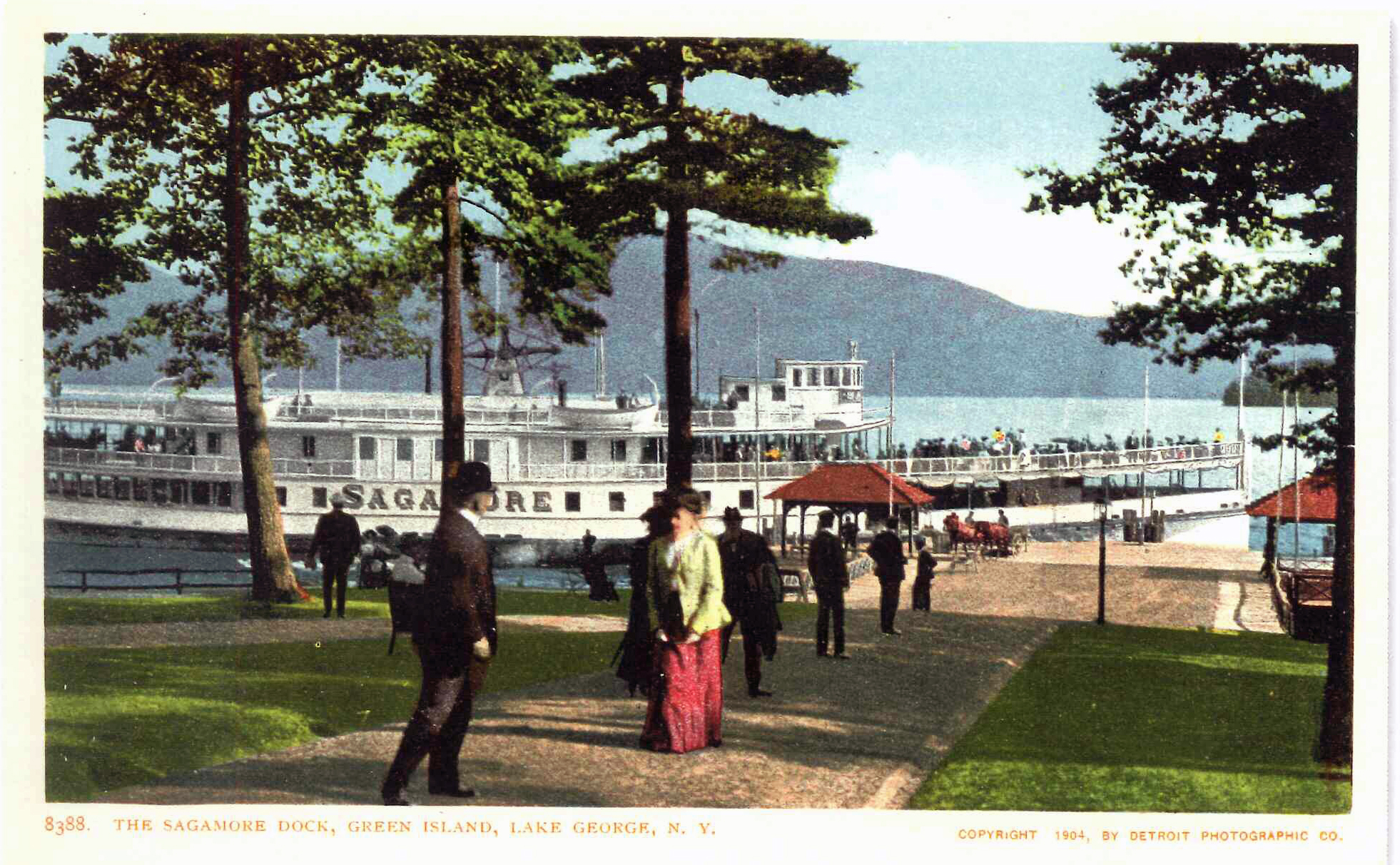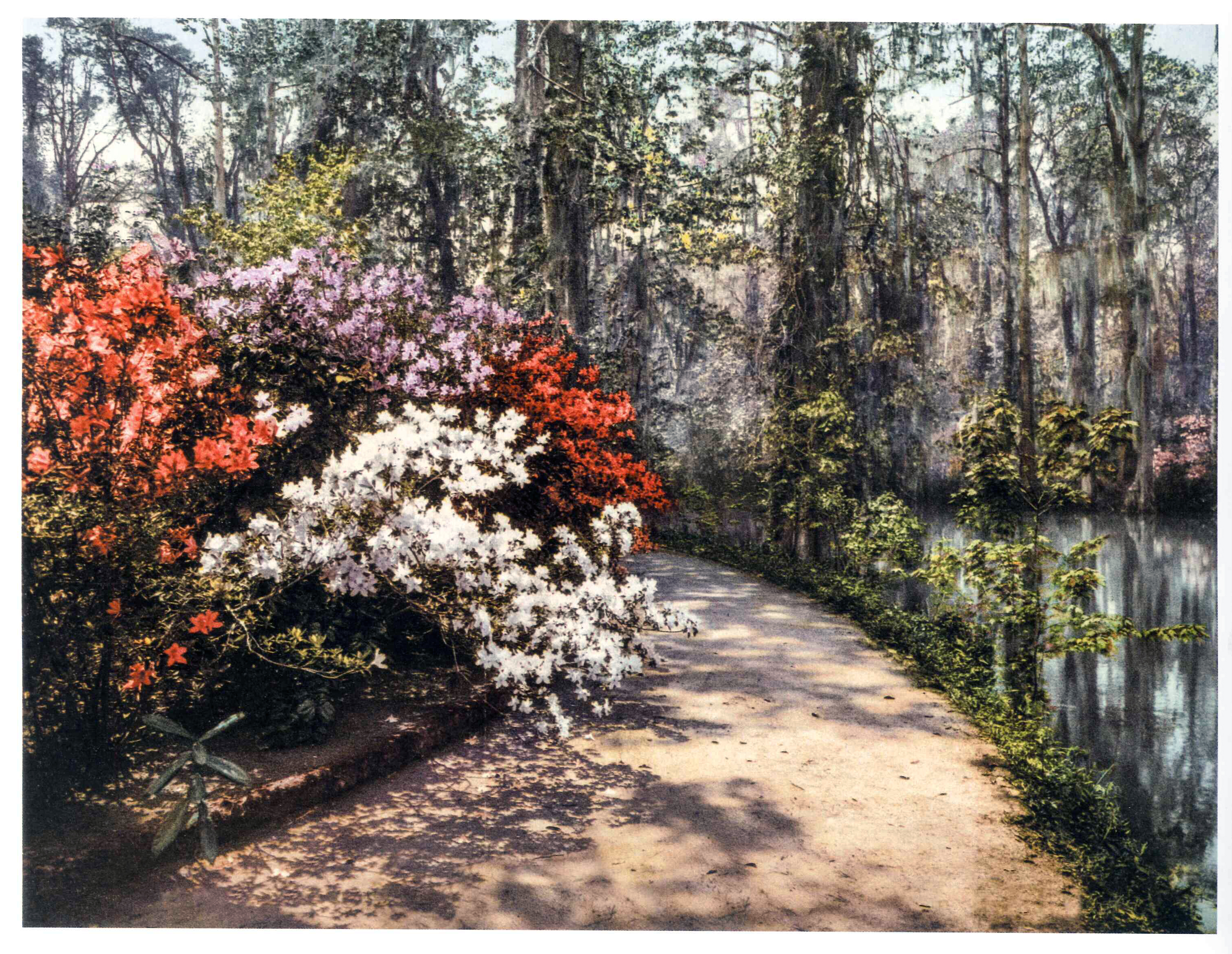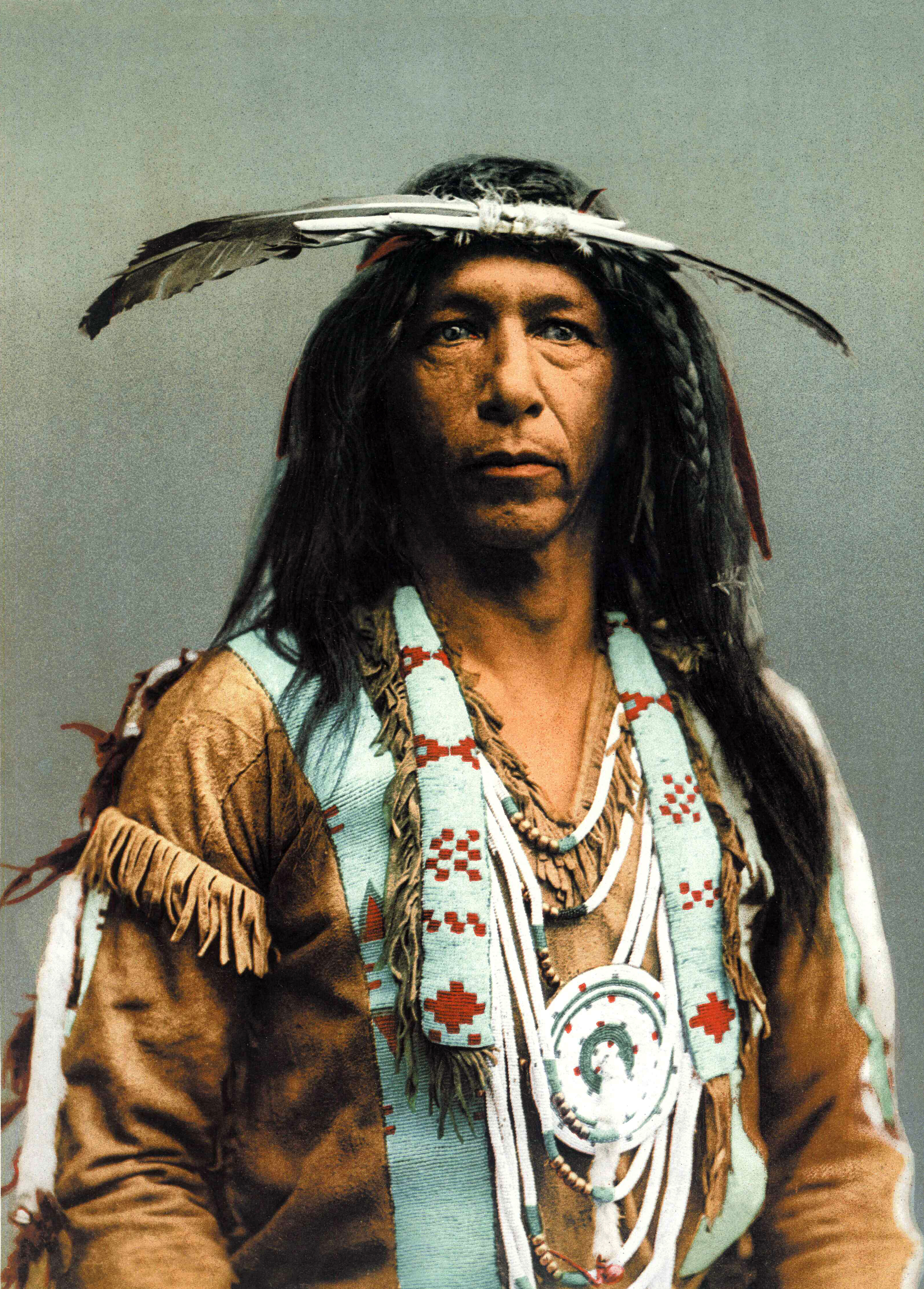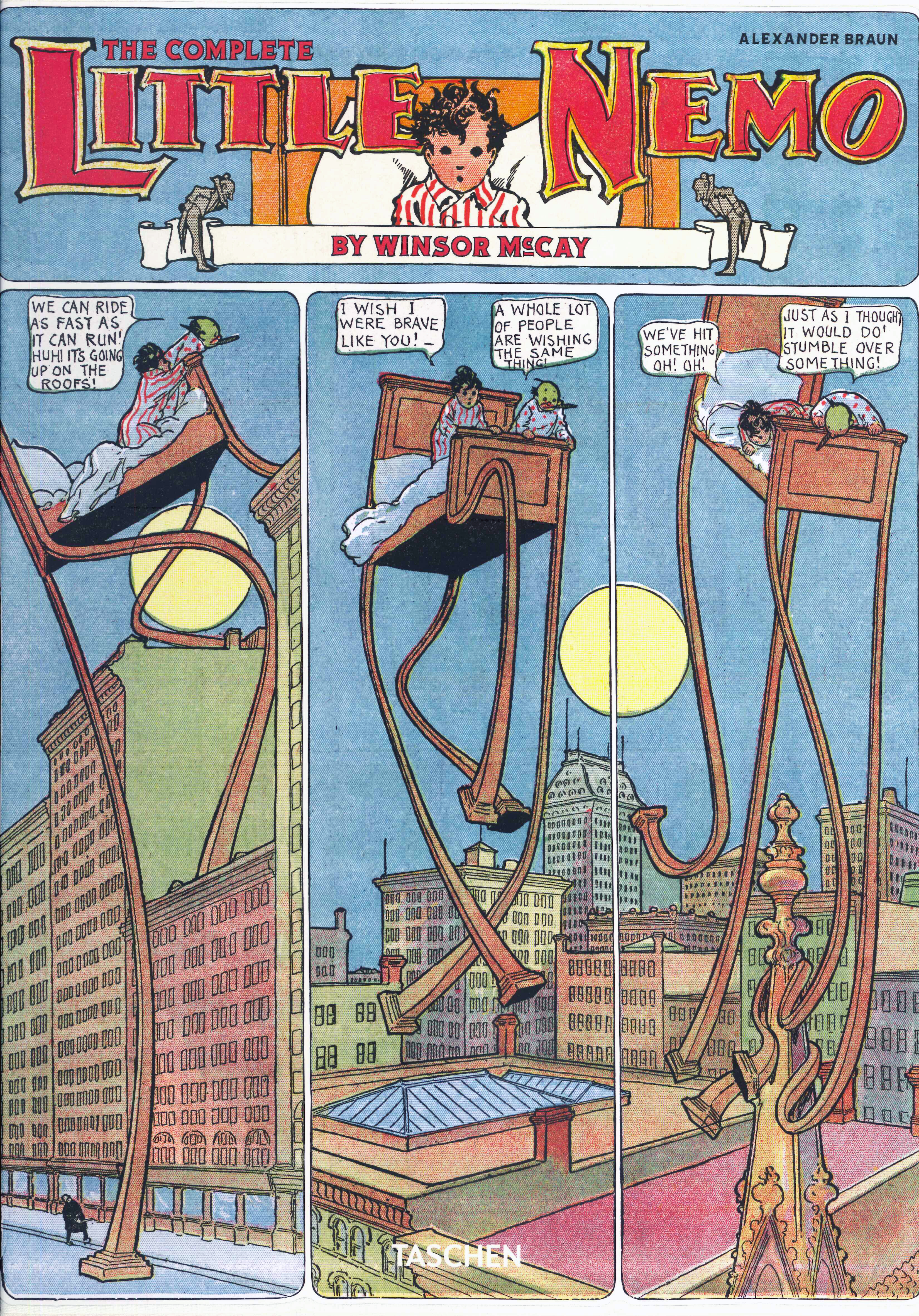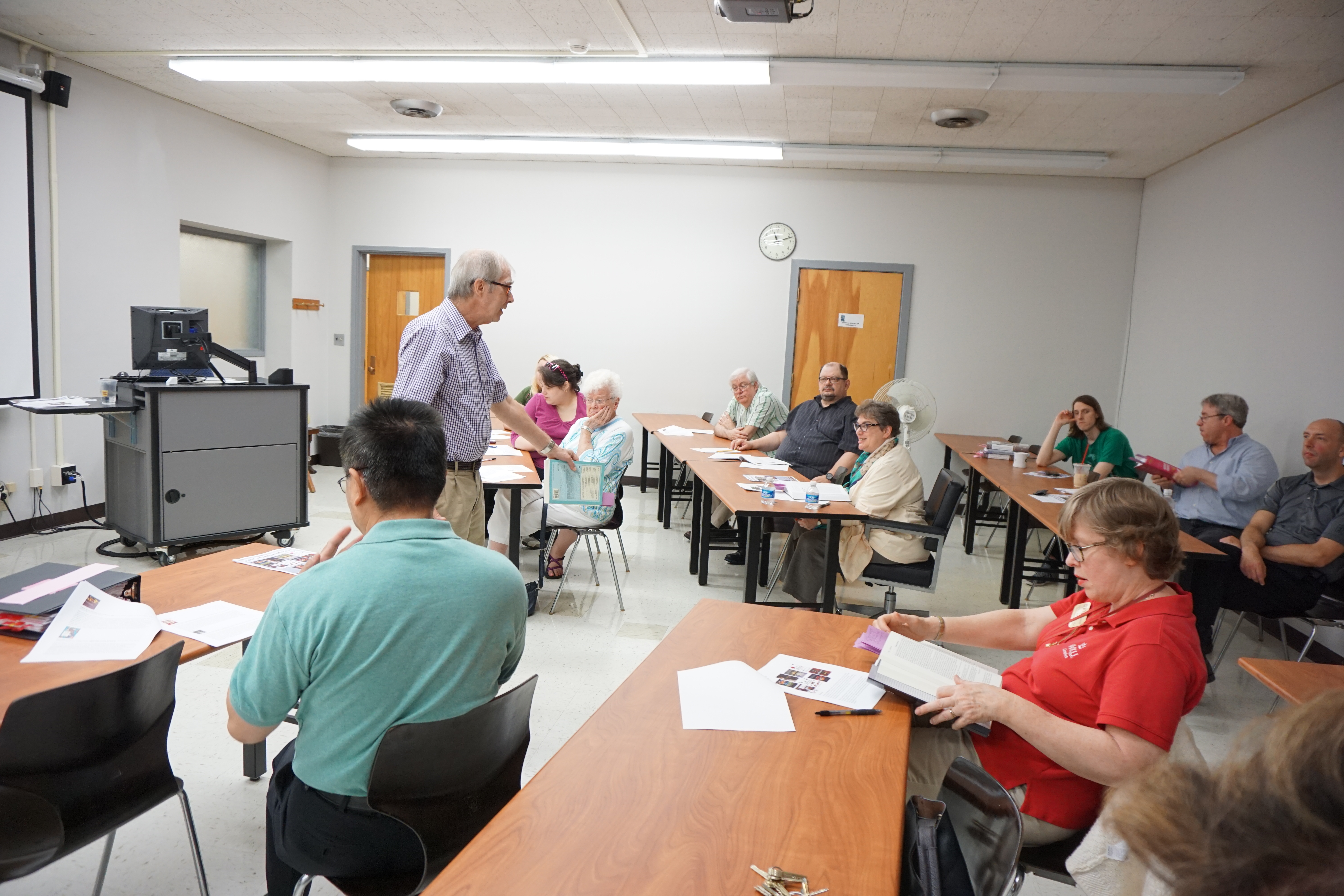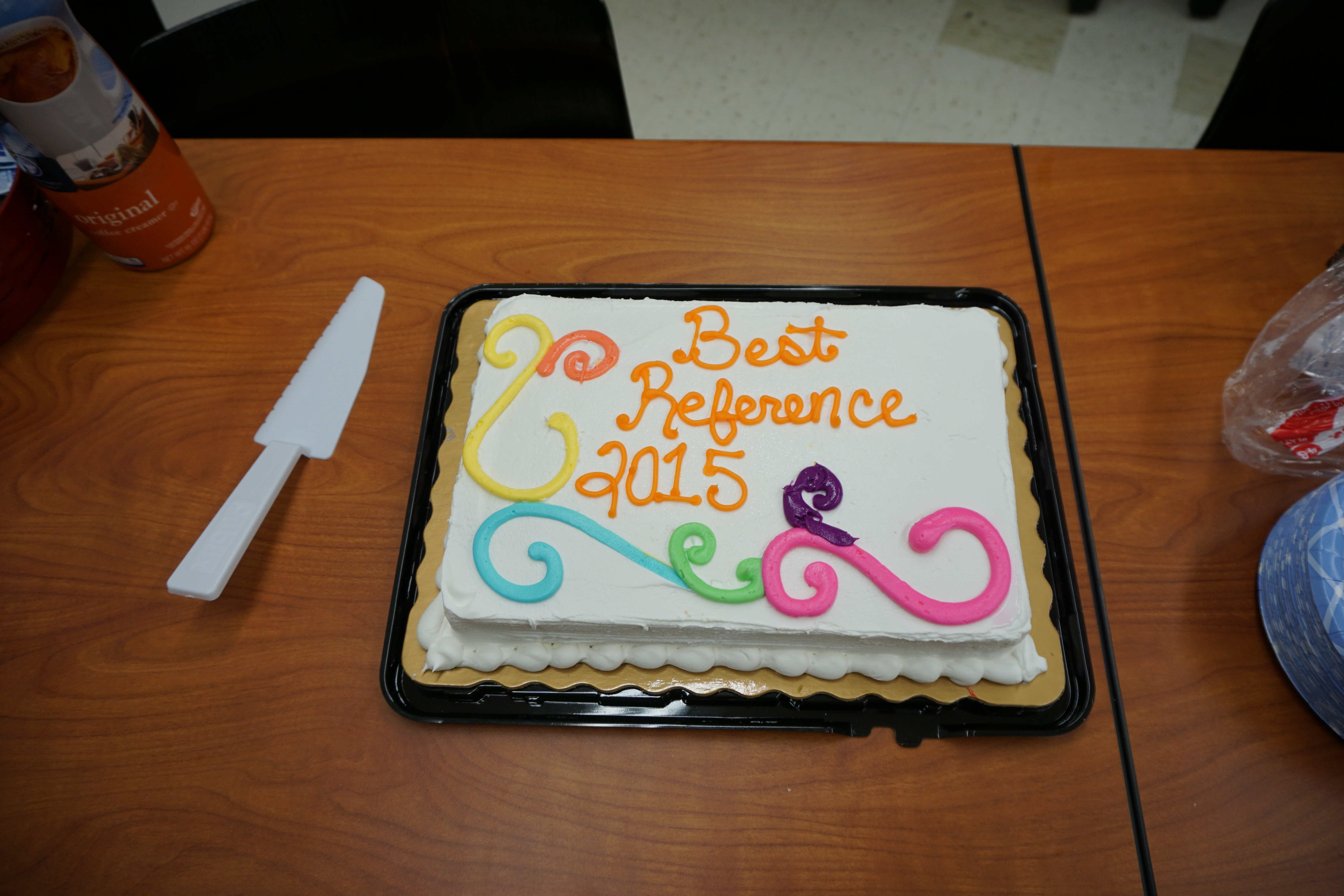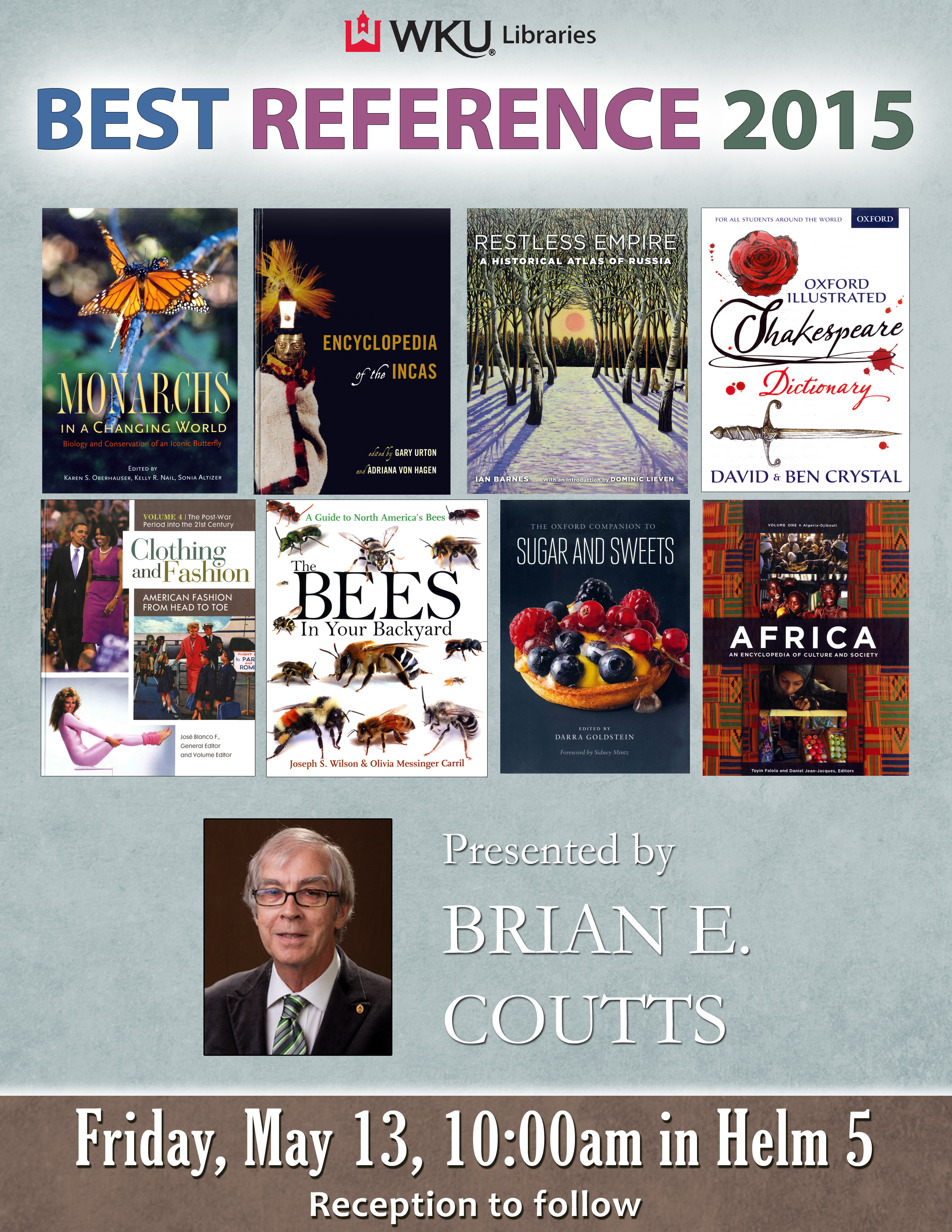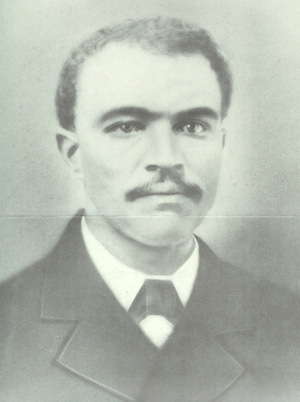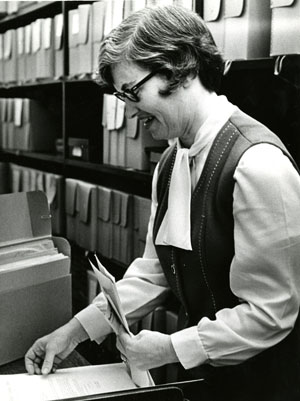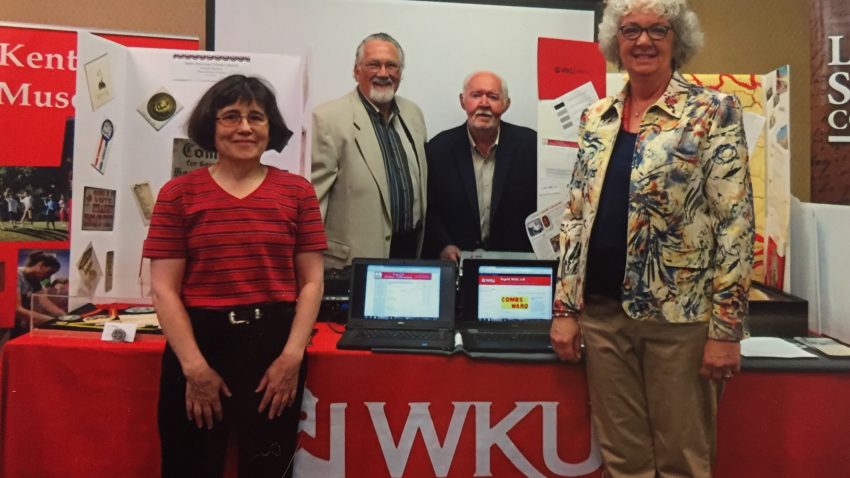
An American Odyssey: Photos From the Detroit Photographic Company 1888-1924 cover
A child asleep in a cotton field. Jupiter and Minerva Terrace, Yellowstone. A Pike’s Peak prospector. The Battery, Charleston. Acoma Pueblo, New Mexico. Emancipation Day in Richmond, Virginia. The glorious azaleas at the Magnolia Plantation. Weighing sugar cane in Havana. Dinner hour on the docks, Jacksonville. Unloading bananas in Mobile. The Liberty Bell. Child coal miners. All these remarkable historical images, and hundreds more, are collected in this new Reference acquisition (FOLIO REF TR 820.5 .A44x 2014). “The archive of the Detroit Photographic Company (DPC) is probably the most important ever created on the subject of North America between 1888 and 1924…” so begins the brief history of the company that produced the images in this extraordinary work. Many of these were colorized with an early process known as Photochrom; therefore you can see a color image of the Grand Canyon 10 years before the invention of color photography. The images of Kentucky show the tobacco markets and warehouses in Louisville. Page 100 depicts White Sulphur Spring, Saratoga Lake, New York, and shows people drinking the “miraculous” sulphur water. Grab this weighty and wonderful tome, find yourself an afternoon, and dive in.
— Blog entry by Lisa Miller

